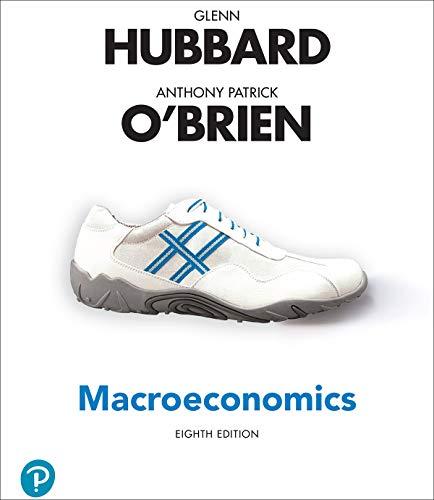A news article described a new prescription drug that costs up to $94,000 for one 12-week treatment
Question:
A news article described a new prescription drug that costs up to “$94,000 for one 12-week treatment regimen” to treat hepatitis C, which is a liver disease that afflicts as many as 3 million people in the United States. It can result in severe liver damage and even death. Hepatitis C is potentially curable, but the prescription drugs available to treat it are very expensive. State government Medicaid programs provide medical insurance to poor and disabled people. In Louisiana, spending on Medicaid accounts for nearly half of the state government’s budget. Rebekah Gee is the secretary of the Louisiana Department of Health. She was quoted as saying that it is unacceptable that many Medicaid patients with hepatitis C are not receiving treatment, “but it’s also unacceptable for me to pay over $700 million and have to cut primary education, gut our payments to universities and decimate the health care delivery system for just one disease condition.” What trade-offs do state governments face when new prescription drugs are introduced that have much higher prices than existing drugs? What factors should state governments take into account when deciding how to allocate the scarce funds in their budgets?
Step by Step Answer:






